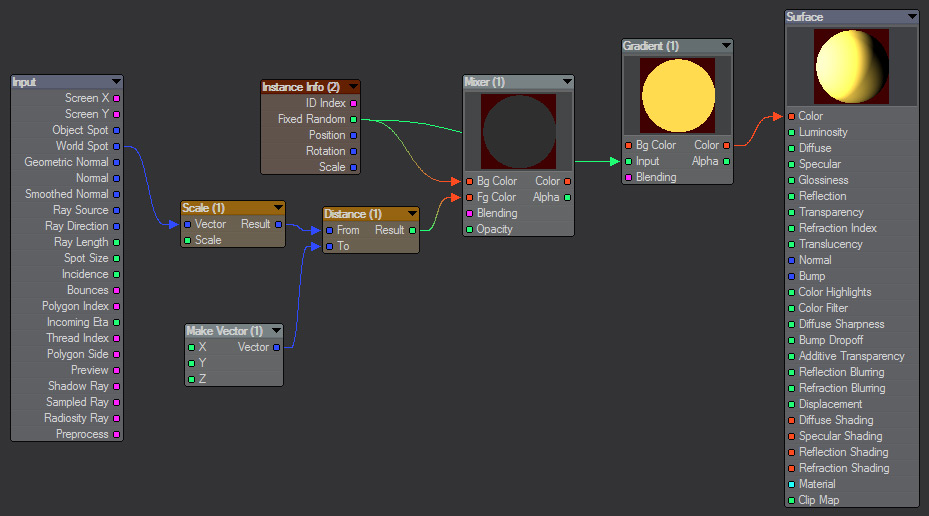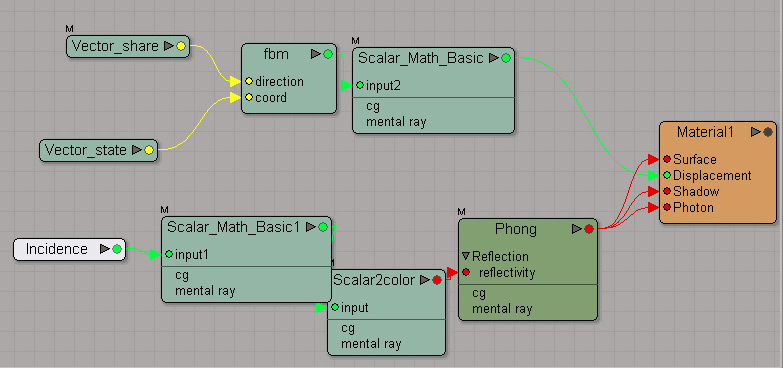A thousand times faster sounds well worth your while
I personally don't want audio tracks if that's any statistical help.
What I need is a swiss-army-knife for midi, hopefully lightweight enough for use on every track in a semi-modular host like Bitwig. If it also scales well for heavier stuff that's fine, but hopefully it still stays slim enough to be usable for simple stuff.
I so look forward to encounter this epochal beast
Cheers,
Tom







